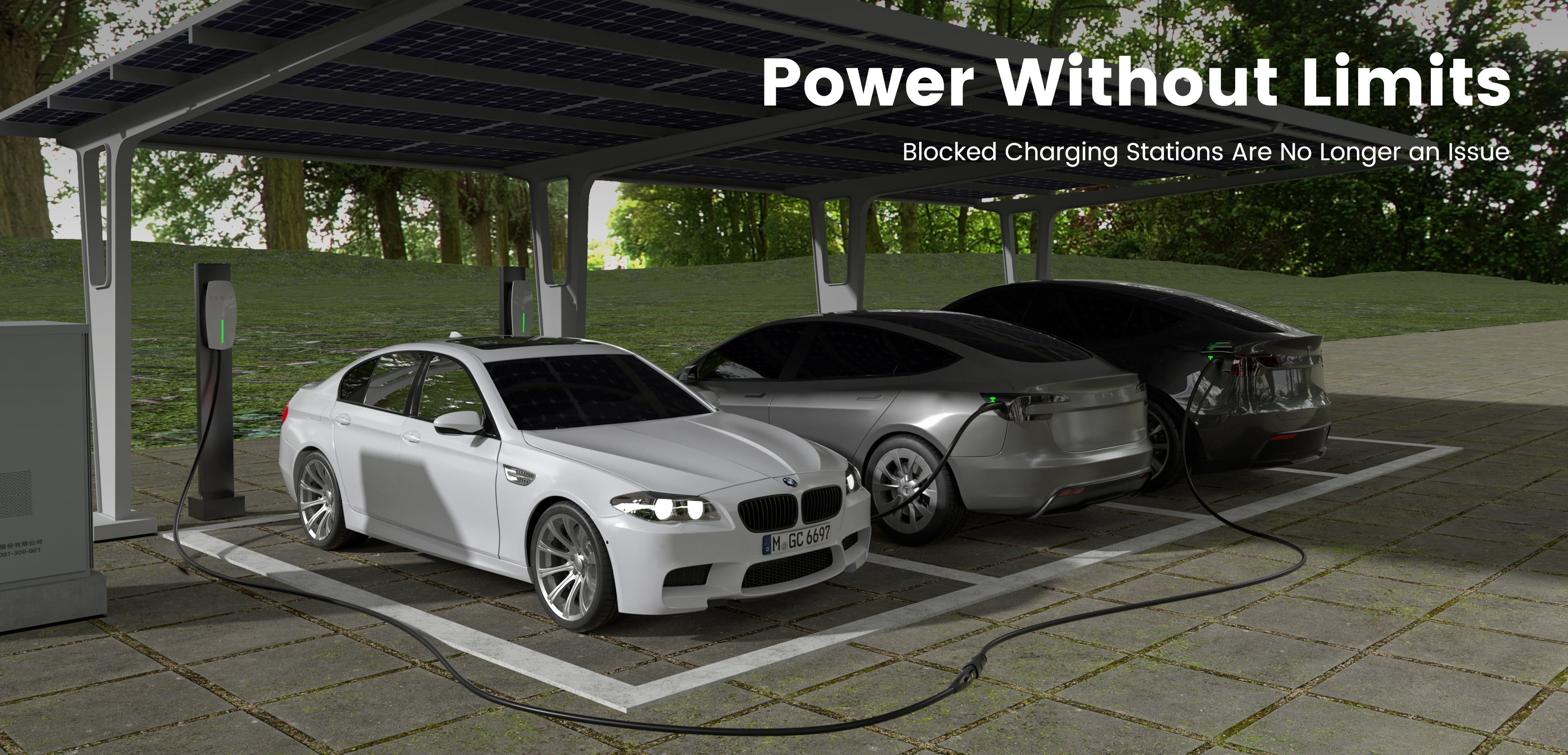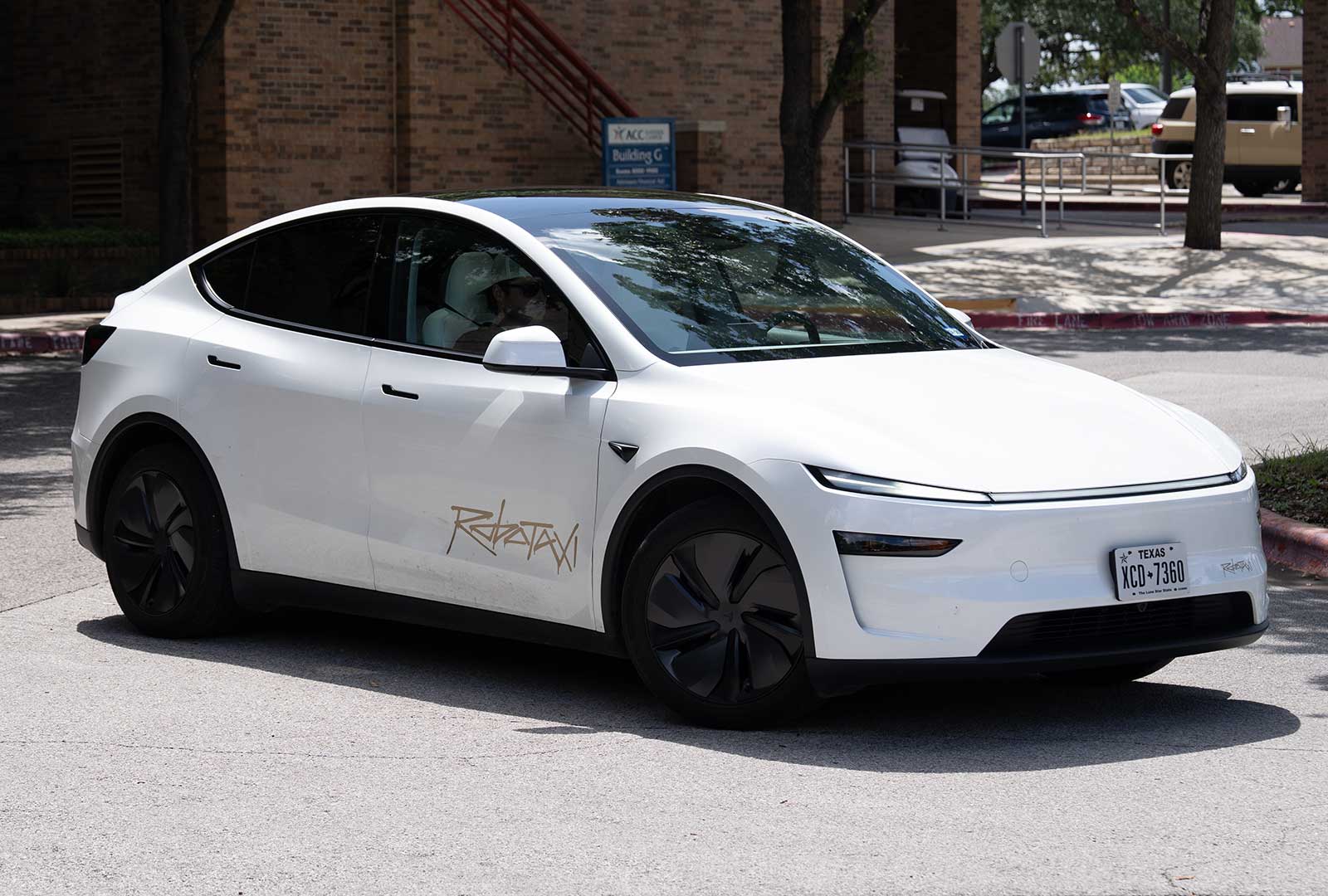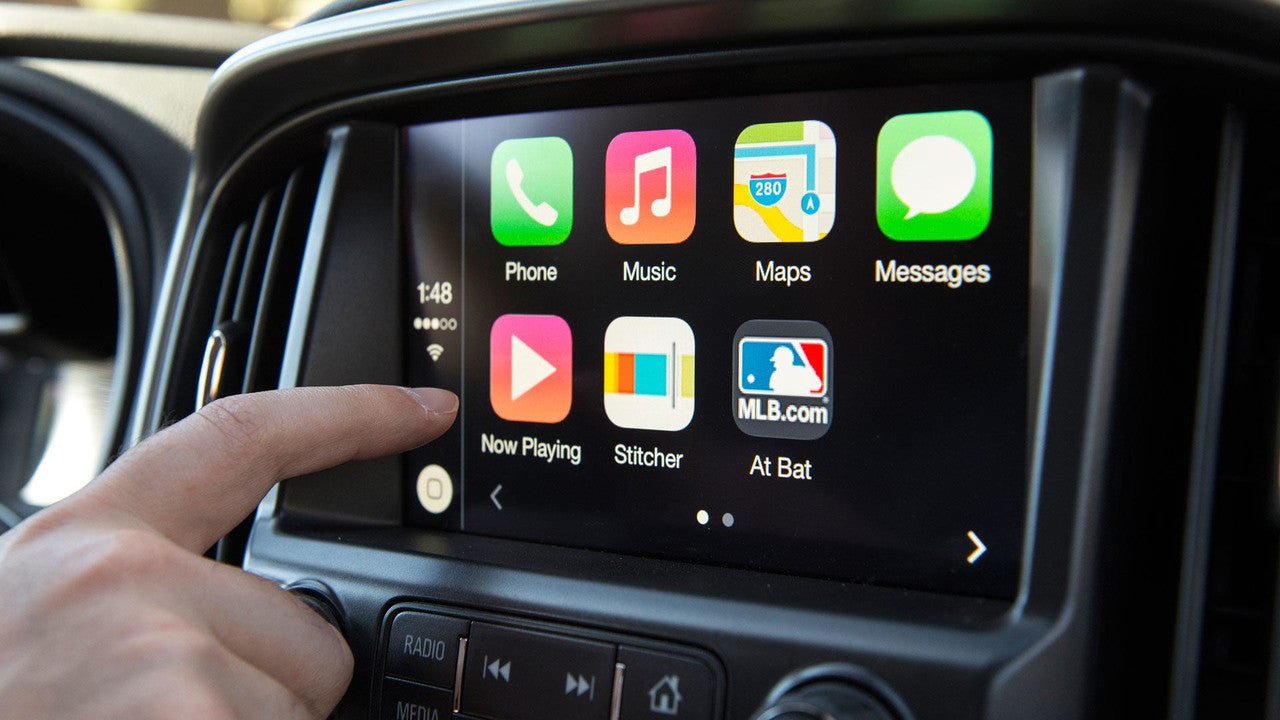As electric vehicle (EV) adoption rises across the United States, particularly in suburban and rental housing scenarios, one recurring pain point stands out: charger reach. EV extension cords are becoming essential accessories, offering flexibility without compromising charging performance. This article explores the functions, types, and safety considerations of EV extension cords, helping consumers make an informed purchase—especially under the EVDANCE brand.
Why EV Extension Cords Are Gaining Popularity
Many EV owners find that their garage outlets or Level 2 home chargers are not ideally located for convenient plug-in. This is particularly true in:
-
Shared parking areas
-
Older homes with limited outdoor wiring
-
Driveways with multiple vehicles
EV extension cords help extend the range between the charging source and the vehicle inlet, eliminating the need for costly charger relocation or additional wiring.
Key Features to Consider
-
Amp Rating Compatibility
EV extension cords come in different current ratings (16A, 24A, 32A, etc.). Always match or exceed your charger’s amp rating to avoid overheating and ensure safe operation. -
Plug Type & Connector Standards
Common plugs include NEMA 5-15, 6-20, 14-50, etc. Ensure the extension cord’s plug and socket match your EV charger and wall outlet. Most EVs use J1772 connectors, which are typically supported by extension cords like those from EVDANCE. -
Cable Length & Material
A quality extension cord usually ranges between 20ft to 40ft. Choose heavy-duty cables (e.g., 10AWG) with weatherproof insulation for outdoor use. -
Safety Certifications
Look for UL-listed or ETL-certified products that meet rigorous U.S. safety standards. EVDANCE EV extension cords come with built-in temperature sensors and surge protection.
Visual Comparison of Popular EV Extension Cord Ratings

Amps 32A/40A/50A
Connector Type: J1772/NACS
When NOT to Use an EV Extension Cord
-
If your charger’s manual prohibits extension cords.
-
For fast-charging (DC) stations—extension cords are not compatible.
-
When the cord lacks adequate amp rating or ground protection.
EVDANCE EV Extension Cord: A Safe and Reliable Option
EVDANCE offers high-performance EV extension cords designed for J1772 and Tesla users alike, with options supporting up to 40A and outdoor conditions. With triple-layer shielding and 100% copper wiring, it ensures minimal energy loss and safe, consistent performance.
Final Thoughts
Using an EV extension cord can simplify your charging routine and save on infrastructure upgrades—but only when chosen wisely. Prioritize safety, match specifications, and trust reliable brands like EVDANCE to enhance your EV ownership experience.
Author: Lay Wen.








Share:
Comprehensive Review of EV Charging Stations in California (2025)
Explaining Trump’s $250 EV Tax and Subsidy Rollback